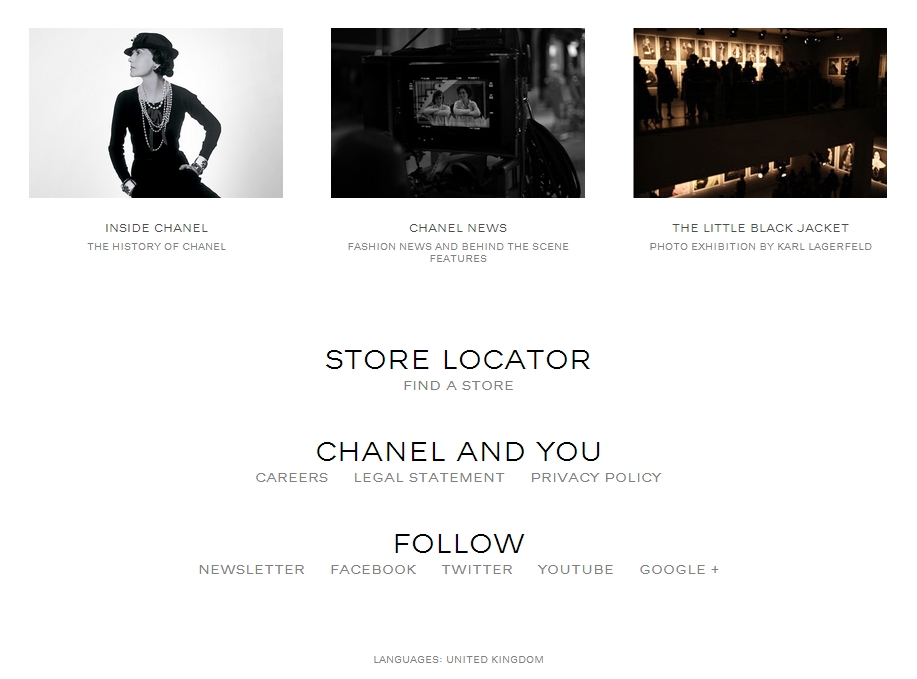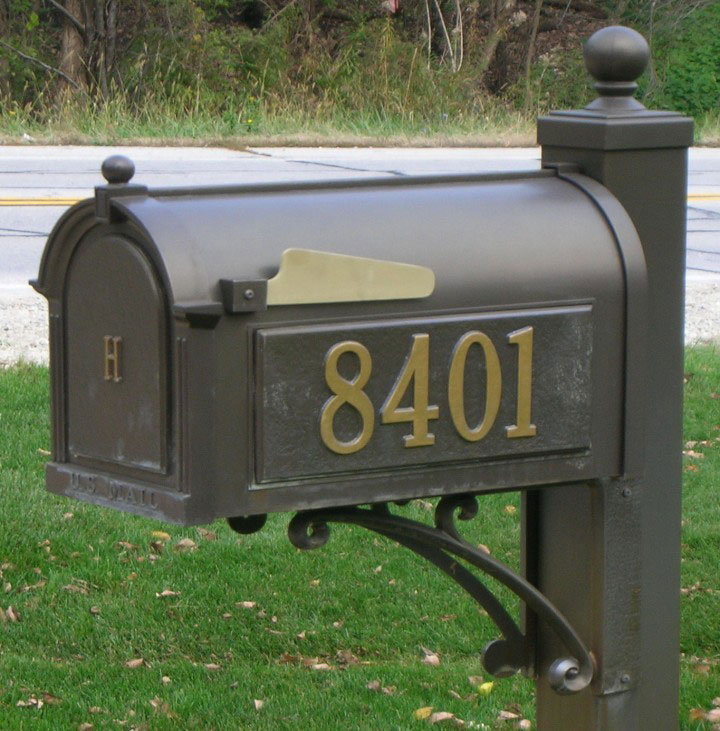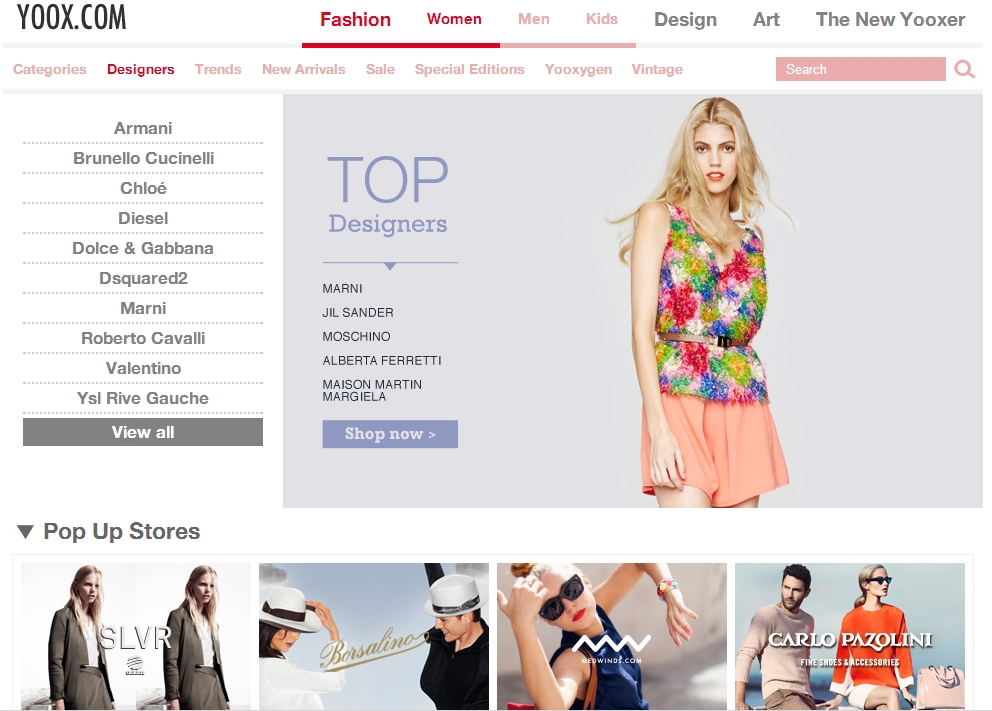In an attempt to find growth, the companies are, again, turning to multichannel, believing that when channels coordinate, the whole is greater than the sum of its parts.
Although e-commerce continues to register double-digital growth year-over-year, online sales have not matched the hype and vision evangelized over the last 15 years. In the same vein, m-commerce accounts for less that one percent of total retail sales.
However, the vision of digital may be realized, but offline. With almost 90 percent of retail sales still done in- store, it is critical that retailers and brands connect digital to traditional channels to influence offline purchasing, says L2 think tank in the new “Multichannel Retail” study examining how prestige retailers & brands are using digital to drive in-store purchases.
The think tank for digital innovation looked at how 79 prestige retailers and brands have and haven’t leveraged digital to drive in-store consumption. The list on analyzed brands includes names like Prada, Dior, Dolce & Gabbana, Ermenegildo Zegna, Gucci, Ralph Lauren, Montblanc, Chanel, Burberry, Cartier, Tiffany & Co., DVF, Kate Spade, L’Occitane, Lacoste, Marc Jacobs, Neiman Marcus, Nordstrom, Saks Fith Avenue, Salvatore Ferragamo, Louis Vuitton, J.Crew, Sephora, Tag Heuer.
By examining email, site, mobile, and search data, L2 determined the brands and best practices that are most effectively removing organizational and technological barriers and delivering a true multichannel experience.
Study Highlights include:
- From the 79 prestige retailers and manufacturers brands, 73 percent have outlets; 57 percent sell in wholesale; On average, the brands have 253 freestanding stores in the U.S.
- Just 30 percent of prestige retailers provide a link to the store locator from product pages.
- Only 22 percent provide real-time inventory integration on their sites to the SKY (stock-keeping unit) level and the brick-and-mortar boutiques.
- Since 2011, Macy’s, Target, Marks and Spencer, Brooks Brothers and American Eagle have all created senior-level “Omnichannel” or “Multichannel” positions within their organizations.
- Just one-in-ten brands offer in-store pickup of online orders.
- Overall, the iconic luxury brands in the study lagged considerably when it comes to using digital to influence in- store purchases. Given the wait-and-see strategy to e-commerce, it is surprising that luxury retailers do not use their sites more strategically to push consumers to their stores, says L2 Founder and NYU Stern Clinical Professor of Marketing Scott Galloway, the author of the study.
- Prada, Dior, and Dolce & Gabbana did not send a single email promoting their stores in Q4 2012 or Q1 2013.Only 22 percent of brands in the study provide real-time inventory integration on their sites to the SKU level at brick-and-mortar boutiques.
- For many luxury brands, the deficit sterns from outsourcing e-commerce to a third-party vendor, such as Yoox in the case of Dolce & Gabbana and Ermenegildo Zegna. These organizational decisions result in the inability to provide basic services such as “buy online. return in-store”, an option offered by three quarters of brands in the study.
- On average, half of the emails sent by the brands included in the study contained price-discounting.
“We believe the most successful organizations will bring customers to the center of their sales strategies and will make the requisite investments in systems, incentives, and attribution models, using digital as the connective tissue.” –Maureen Mullen, Head of Research & Advisory, L2.





